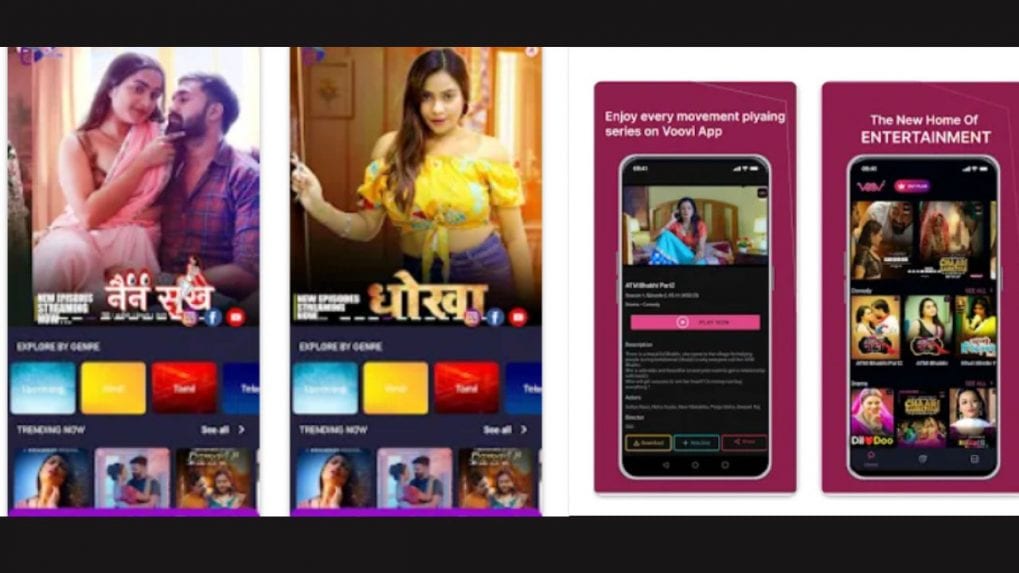Digital
Why OpenAI is hiring 100 ex-bankers: Inside the ChatGPT-maker's secret project to automate Wall Street's grunt work

The government has ordered internet service providers to block access to 25 websites accused of hosting prohibited material, escalating a campaign to curb what it deems unlawful or obscene content online (websites, OTTs). The directive, issued by the Ministry of Information and Broadcasting (I&B), highlights the government’s use of provisions under the Information Technology Act, 2000, and the updated Intermediary Guidelines and Digital Media Ethics Code Rules, 2021, to hold intermediaries accountable for the material hosted on their platforms. Officials pointed to Section 79 of the IT Act, which withdraws immunity from liability if intermediaries fail to remove or disable access to unlawful content upon notification.
The ministry cited violations under laws addressing obscenity and indecent representation, identifying platforms such as ALTT, ULLU, Big Shots App, MoodX, and NeonX VIP among those targeted. The blocked sites, according to the government, were in breach of sections of the IT Act, the Bharatiya Nyaya Sanhita, and laws prohibiting the indecent representation of women.
The government intensified its scrutiny of online content last year, blocking at least 18 streaming services for carrying material it deemed obscene or pornographic.
In March 2024, the Ministry of Information and Broadcasting (I&B) ordered platforms including Neufliks, X Prime, Besharams, Mood X and Prime Play to be taken down, citing violations related to “obscene, vulgar, and, in some instances, pornographic content.” The crackdown extended beyond the streaming apps themselves, with the government disabling access to 19 related websites, 10 mobile applications, and 57 social media accounts tied to these platforms.
The moves, disclosed by L. Murugan, Minister of State for Information and Broadcasting, in a parliamentary reply last year, highlighted how the digital media landscape is being reshaped by regulatory pressures. Under the Information Technology (Intermediary Guidelines and Digital Media Ethics Code) Rules, 2021, streaming platforms are expected to self-regulate, classifying content by age and adhering to a Code of Ethics, which includes avoiding material prohibited by law.
“These codes are self-regulatory in nature,” Murugan said, adding that platforms are required to consider contemporary standards while classifying and curating content and to implement safeguards to restrict access to adult material for minors.
The ministry’s clampdown on streaming content parallels its oversight of advertising, where it has fielded more than 70 complaints over the past three years related to indecent or vulgar advertising on television. These complaints have been addressed through a three-tier grievance redress system, which includes self-regulation by broadcasters and oversight by the government, often resulting in advisories, warnings, or even off-air orders.
In 2017, India restricted condom advertisements from airing on television during daytime hours, citing concerns over exposure to children, highlighting the government’s enduring approach toward regulating sensitive content across media formats.
In a wide-ranging interview with Storyboard18, Sorrell delivers his frankest assessment yet of how the deal will redefine creativity, media, and talent across markets.